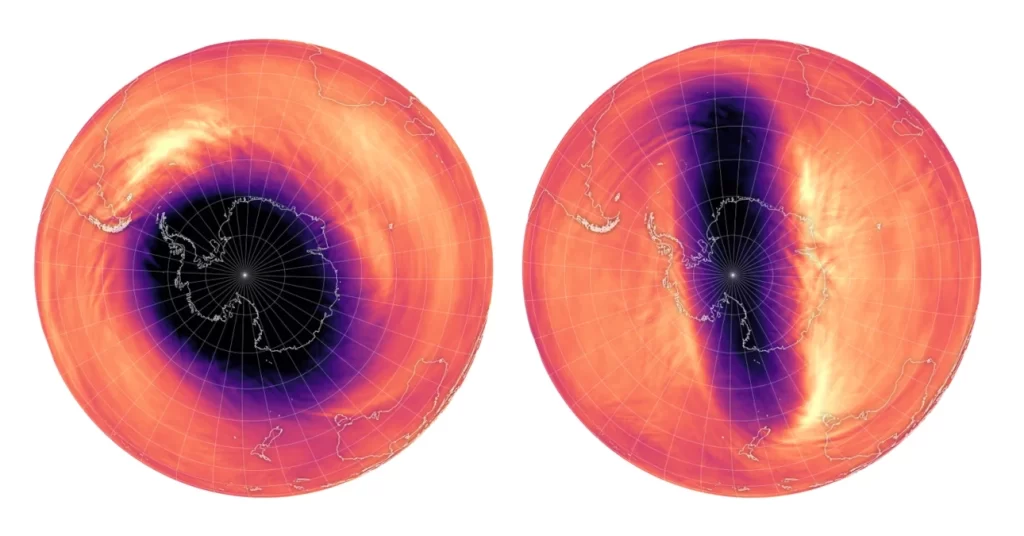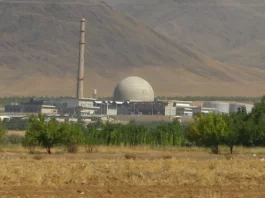Atmospheric researchers have been observing the state of the stratospheric vortex surrounding Antarctica for several decades. This vortex generally has a circular shape but occasionally changes form and temperature. This year, for the first time in recorded history, scientists noticed a sharp warming and deformation of the vortex, which occurred unusually early—in July, during the middle of winter in the Southern Hemisphere.
The typical temperature of the vortex at an altitude of 30 kilometers is minus 80 degrees Celsius. However, in July, it briefly spiked to minus 3 degrees and then dropped to minus 65 degrees. This is a record for July temperatures in the stratosphere over Antarctica. Interestingly, at the beginning of August, there was another spike—this time reaching minus 1 degree.

Stratospheric vortices, with wind speeds reaching 300 km/h, circle both the South and North Poles. Normally, they maintain symmetry, but occasionally, a decrease in wind speeds disrupts this symmetry. This leads to changes in the typical air circulation in the stratosphere.
Stratospheric vortices affect tropospheric weather, even though these atmospheric layers interact. For example, disruptions in the vortex around the North Pole have recently led to Arctic air masses reaching lower latitudes, causing record freezes or, conversely, droughts.
The southern polar vortex is generally more stable than the northern one. This is because the terrain surrounding Antarctica is more even, whereas the Arctic’s topography affects the northern vortex. Therefore, the observed temperature spikes in the Antarctic stratosphere are difficult to explain, as are the potential weather consequences.






